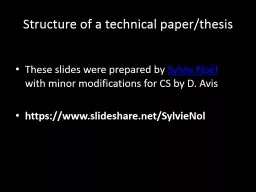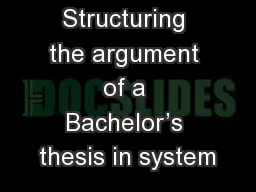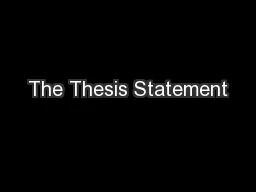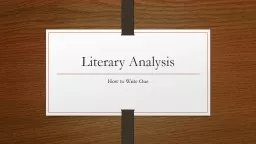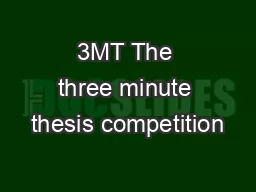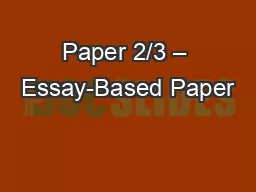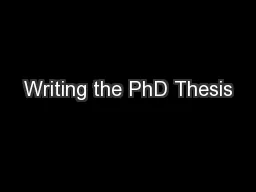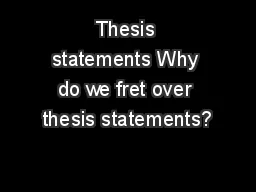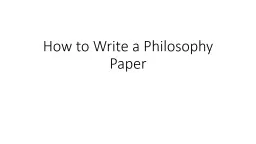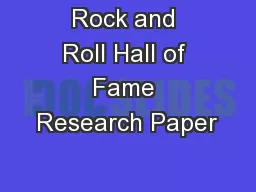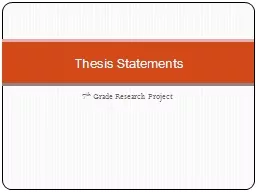PPT-Structure of a technical paper/thesis
Author : ellena-manuel | Published Date : 2017-09-07
These slides were prepared by Sylvie Noël with minor modifications for CS by D Avis httpswwwslidesharenetSylvieNol Learning goals Understand what should go
Presentation Embed Code
Download Presentation
Download Presentation The PPT/PDF document "Structure of a technical paper/thesis" is the property of its rightful owner. Permission is granted to download and print the materials on this website for personal, non-commercial use only, and to display it on your personal computer provided you do not modify the materials and that you retain all copyright notices contained in the materials. By downloading content from our website, you accept the terms of this agreement.
Structure of a technical paper/thesis: Transcript
Download Rules Of Document
"Structure of a technical paper/thesis"The content belongs to its owner. You may download and print it for personal use, without modification, and keep all copyright notices. By downloading, you agree to these terms.
Related Documents

